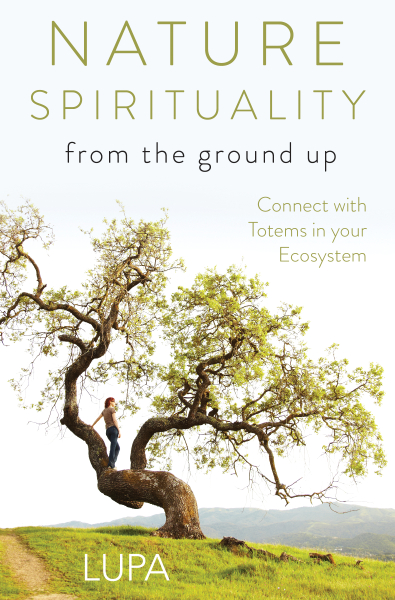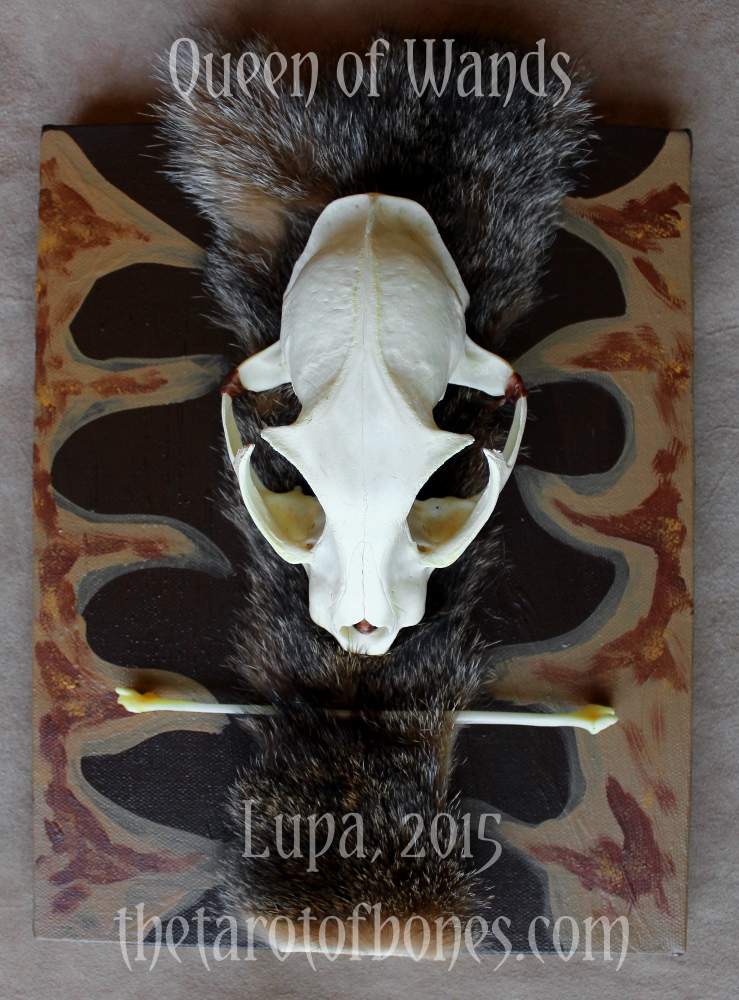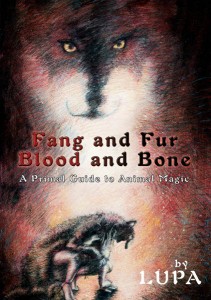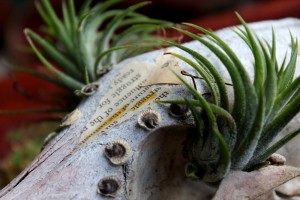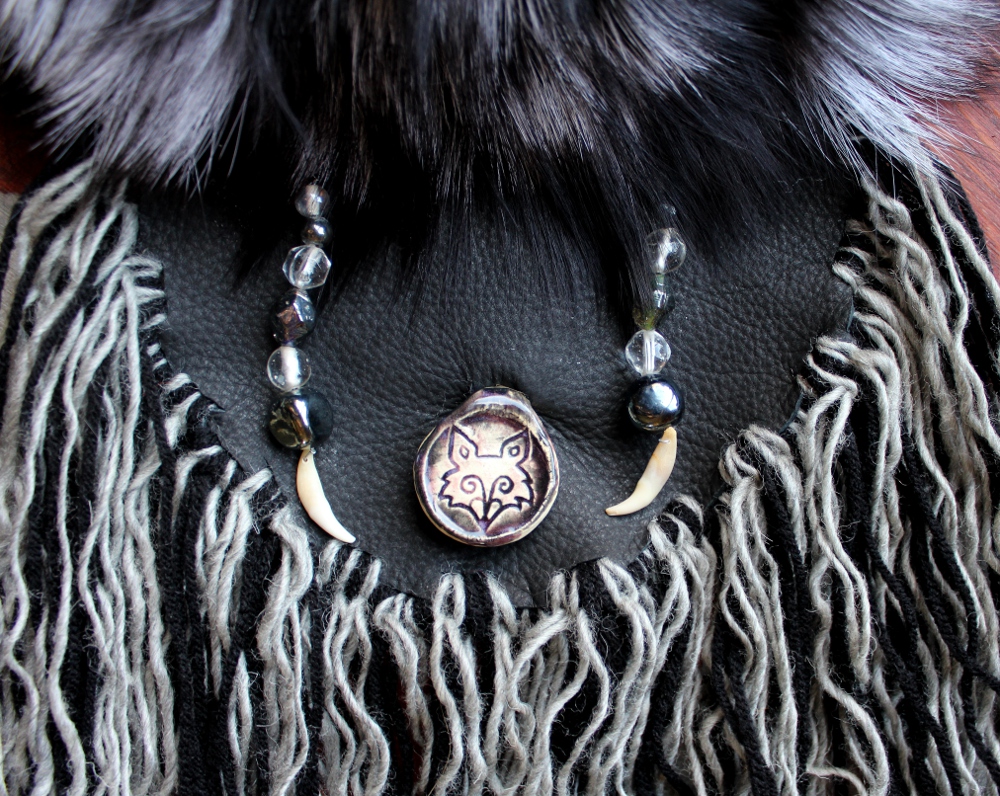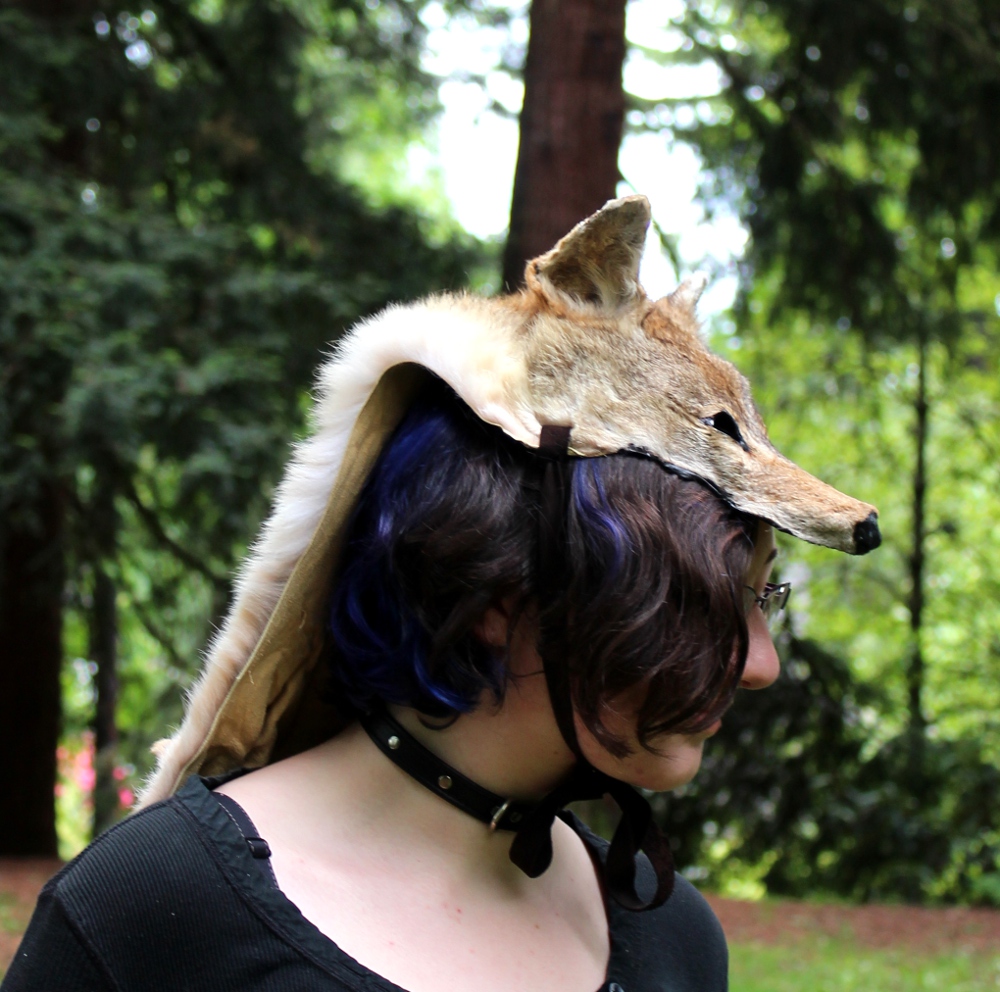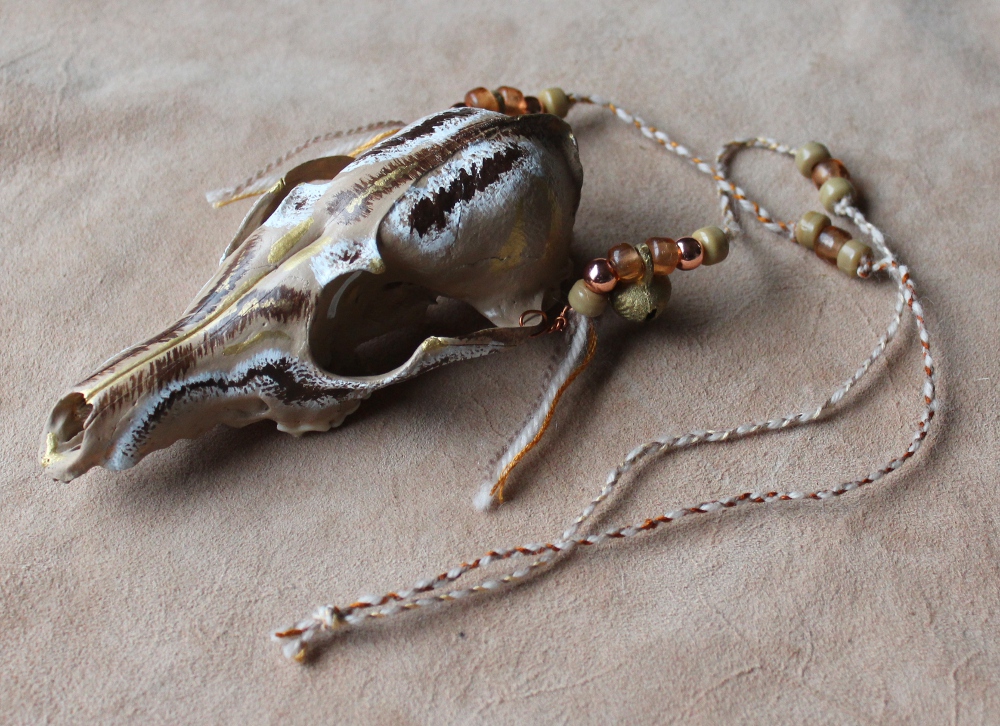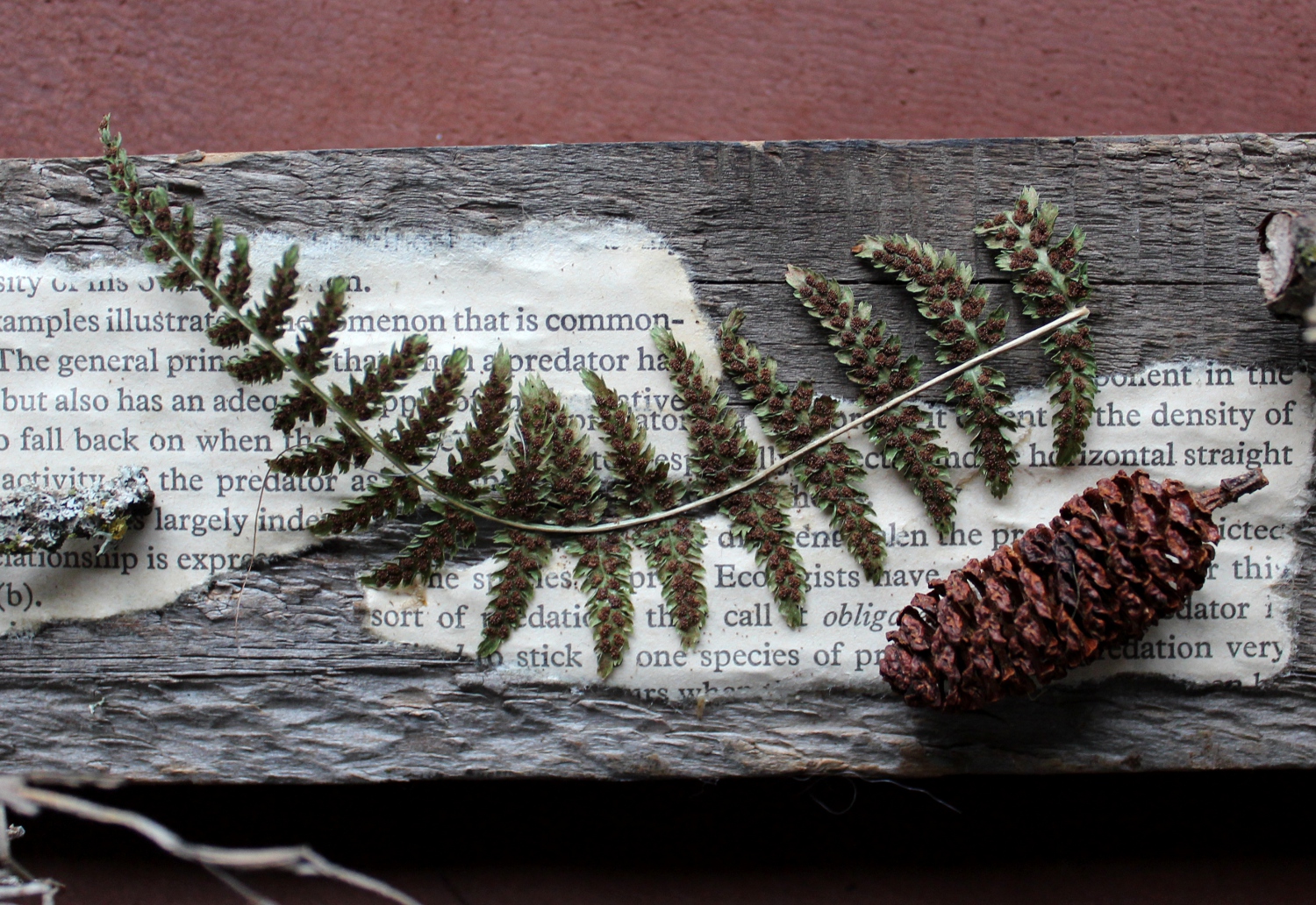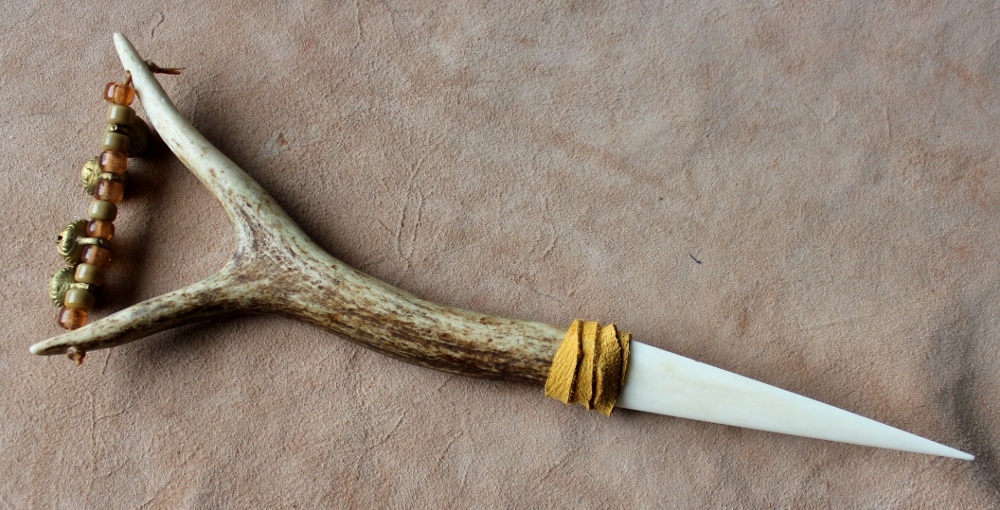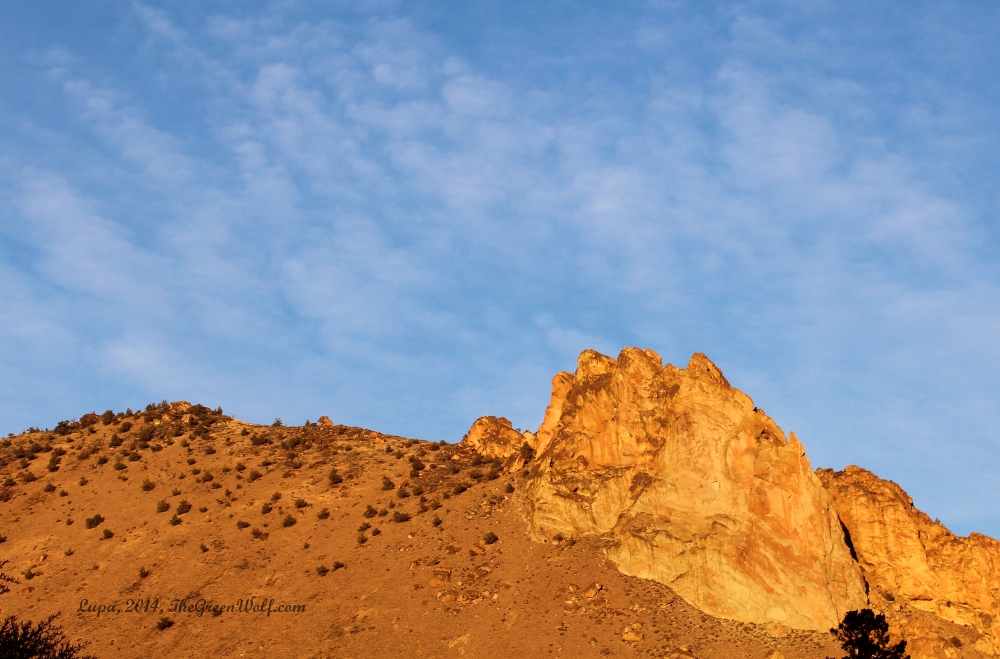Last night I finished looking over the proofs for my next book, Nature Spirituality From the Ground Up, which will be coming out in January 2016. One of the things that struck me was how much of the book is spent simply showing readers how to connect with the land they live with. Most books on totemism and nature spirits give a bit of context, and then leap into the “how to find your guide” exercises. It’s not until the very last bit of the second chapter that we even start trying to contact totems. Even after that point, many of the exercises are intimately linked to the physical land, getting people outside and in direct contact where possible (though the material is still accessible to those who may be housebound).
Here in the U.S., most people are critically detached from the rest of nature, at least in their perception. This book is meant to help them reconnect, not just for self-help, but because we live in such an acutely anthropocentric world that we rarely consider the effects of our actions on the other beings in the world (to include other human beings). The problem seems immense: few of us give any thought to our environmental impact, either in part or in whole. When we are unwillingly confronted with it, it’s often in the most catastrophic manners–global climate change, mass deforestation, entire species disappearing overnight. We’ve learned to simply shut off the part that cares about nature any further than maybe sorting the recycling every week.
We’re afraid to care, because caring hurts. It’s hard to find hope in a world where the environmental news is largely bad. As far as I’m concerned, though, where there’s life, there’s hope. And I want to help people find that hope as a motivator to making the world–not just themselves–healthier and better. But because we’re used to seeing “THE ENVIRONMENT” as one big global problem, I reintroduce people to their local land–their bioregion–first in small steps, and then greater ones.
Some of that may be old hat to my nature pagan compatriots. After all, we’ve been hiking and wildcrafting and paying attention to the rest of nature for years. But this book isn’t only meant for the proverbial choir. There are plenty of people interested in non-indigenous totemism who wouldn’t describe themselves as “pagan”. Some of them are looking for self-improvement; others have some inkling that a being is trying to contact them, but they aren’t sure how to proceed. Still others want to feel connected to the greater world around them, but are too used to heavily structured spiritual paths that allow little room for personal experience.
That personal experience is absolutely crucial to my writing and the exercises I offer readers. If we’re going to reconnect with the rest of nature, we have to make it relevant to our own lives. Most of us in this country are used to being preached at, something the dominant religion is good at. But we quickly learn to tune it out, the same way we often tune out the messages about how horrible we are in our environmental practices.
If there’s one thing I’ve learned about human psychology, it’s that most of us don’t do well when we’re being yelled at. There really is something to that whole “you’ll catch more flies with honey than vinegar” adage. Environmental scare headlines try to terrify people into reconnecting enough to take responsibility, but that approach can be counterproductive. By making reconnection a positive, constructive and appealing concept, I hope to get people interested not just in their own personal spirituality, but how that spirituality is set in a greater world context.
From the beginning, Nature Spirituality From the Ground Up talks about the importance of totemism in relation to entire ecosystems, not just “me, me, me, what can I get out of having a totem?” Most of the books I’ve read on the topic are mostly about how the reader can connect with individual totems; there’s very little about the context all that happens in. And that goes right back into the anthropocentrism I’m trying to counteract,.
I’ve had the occasional reviewer complain that the material in my books isn’t “hardcore” enough because I rely primarily on guided meditations and accessible excursions into open areas, that I’m not telling people how to take hallucinogenic plants and soar off into the spirit world, or spend twenty days fasting in the wilderness. Well, of course not! That’s not the kind of thing that I think can be appropriately–or safely–conveyed through a book. Most people simply aren’t cut out for that much hardship and risk, and I don’t think they should be denied this sort of spirituality simply because their bodies or minds may not be able to handle ordeals, or because they lack the money to travel to remote locations in South America for entheogenic training.
As an author (and by extension a teacher) it’s my job to meet people where they’re at and help them explore someplace new. I am a product of my culture, and so is my writing. I am not part of a culture that lives close to the land and its harsh realities; mine is conveniently cushioned through technology and the idea that we are superior animals to the rest of the world. We don’t have a culture-wide system for intense rites of passage or life-changing altered states of consciousness. And I don’t have the qualifications to single-handedly create such a system, beyond what help with personal rites I can give as a Masters-level mental health counselor.
So are my practices gentler than traditional indigenous practices worldwide? Absolutely. That’s what most people in my culture can reasonably handle at this point. Trying to force them into something more intense would go over about as well as Captain Howdy’s rantings about “being awakened” in Strangeland. Sure, sudden and seemingly catastrophic experiences can cause a person to reach higher levels of inner strength and ability–but they can also cause severe physical and psychological trauma, or even kill. And, again, since we don’t have a culture in which everyone goes through an intense rite of passage at a certain age (such as adulthood), we can’t expect everyone to accept such a thing immediately.
Maybe that’s not what we need, anyway. Plenty of people engage in outdoor, nature-loving activities like backpacking, kayaking and rock climbing without the foremost notion being that they’re going into some intensely scary and dangerous place that could kill them in a moment. Most experienced outdoors people are fully aware of the risks and take necessary precautions, but their primary intent is connecting in a positive way with the rest of nature.
I think it’s okay for our nature spirituality to be the same way. I don’t think we always have to work things up as “BEWARE NATURE WILL KILL YOU AND YOU HAVE TO DO THINGS THAT COULD POSSIBLY KILL YOU IN ORDER TO FIND GUIDANCE”. I’ve spent almost twenty years gradually rediscovering my childhood love of the outdoors and its denizens, as well as developing a deeper appreciation for it. I’ve had plenty of transformative experiences without fasts or hallucinogens, and they’ve served to both improve myself as a person AND make me feel even more connected to and responsible for the rest of nature.
Does that mean there’s no place for ordeals? No; they have their place for the people who respond well to them. But they shouldn’t be held up as the one and only way to do nature spirit work. Again: meet people where they’re at, whether that’s on the couch or on the trail. You’ll reach more people, and create change on a broader scale as more people participate in the ways they’re able. And isn’t that change ultimately what we’re after, those of us who want to save the world?
Like this post? Please consider pre-ordering a copy of Nature Spirituality From the Ground Up: Connect With Totems In Your Ecosystem!

